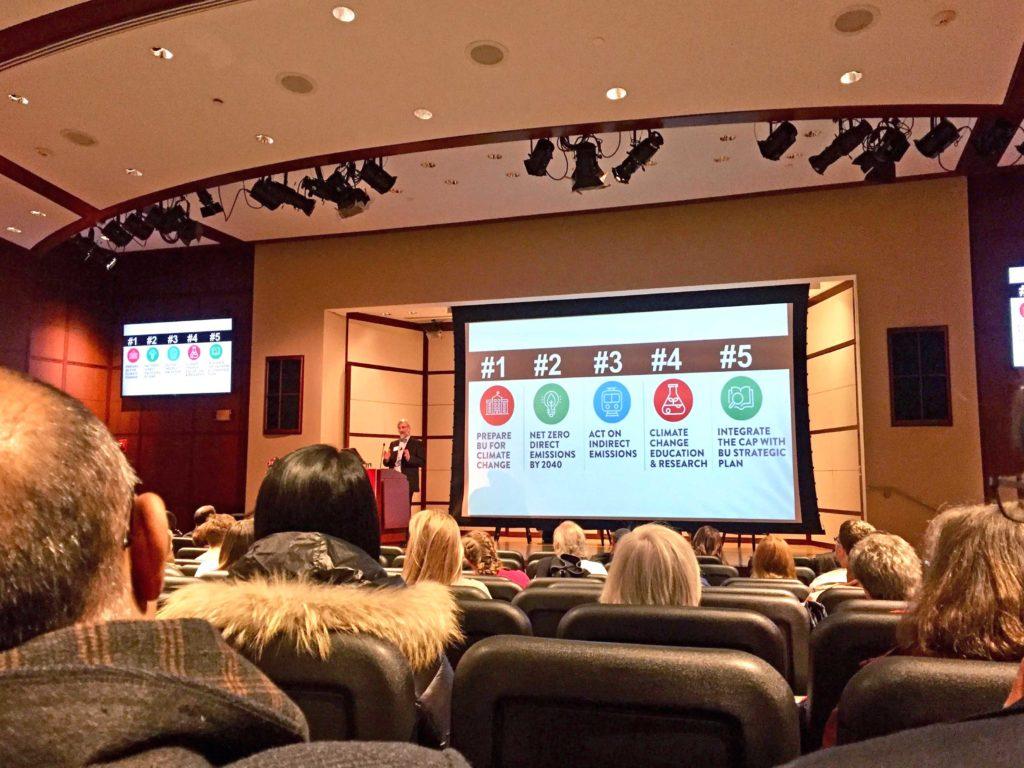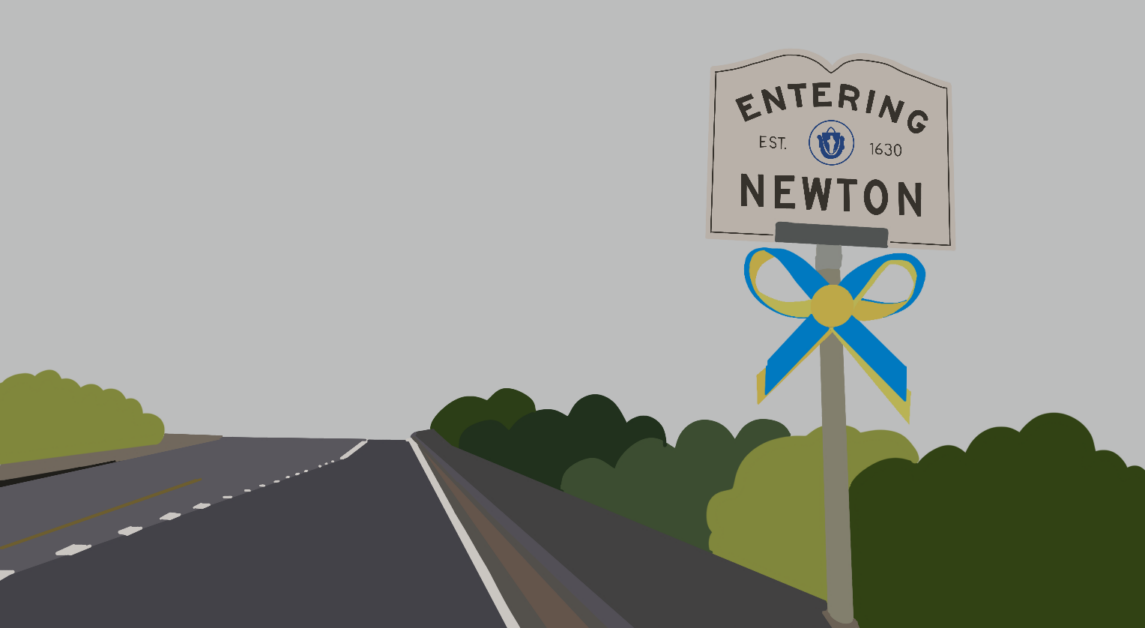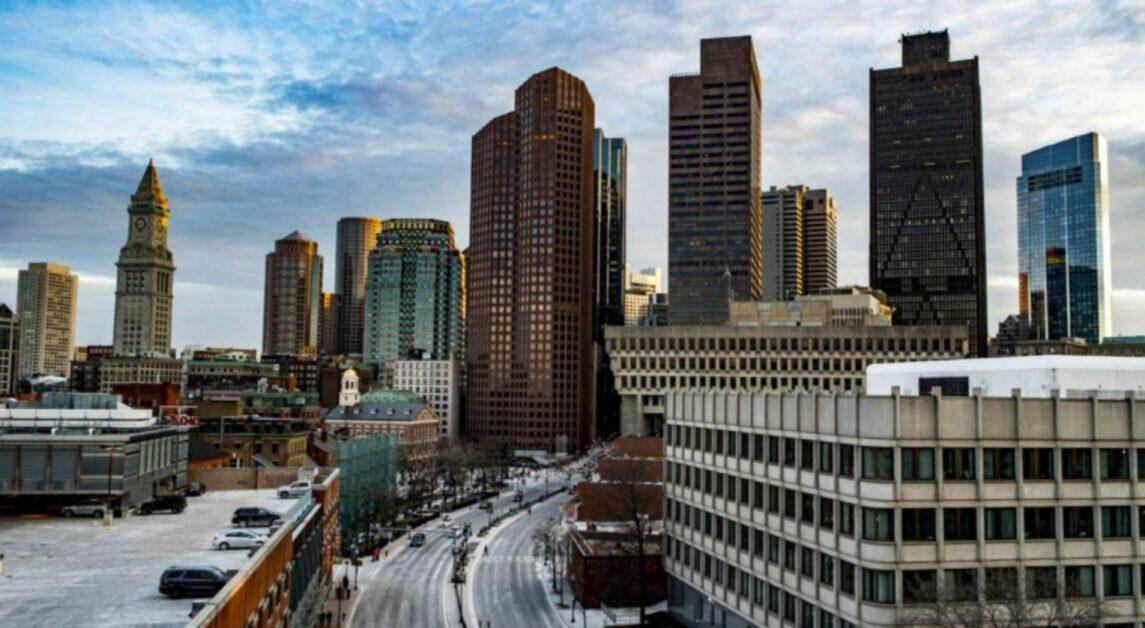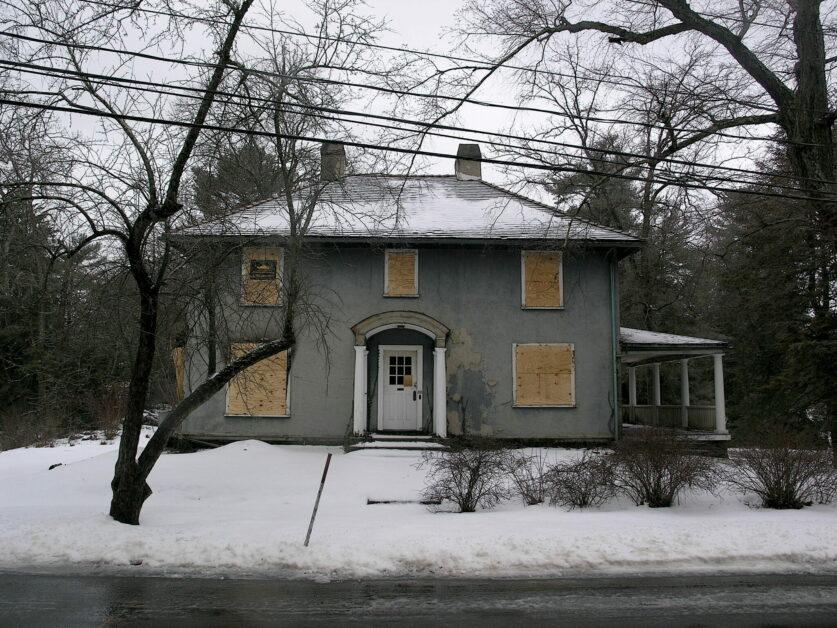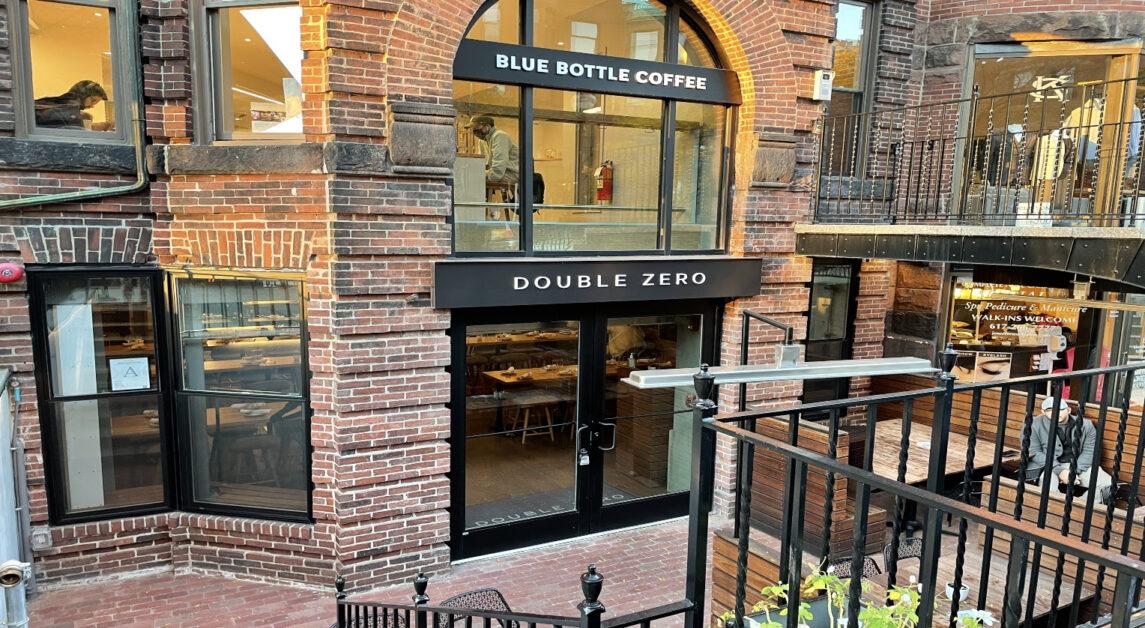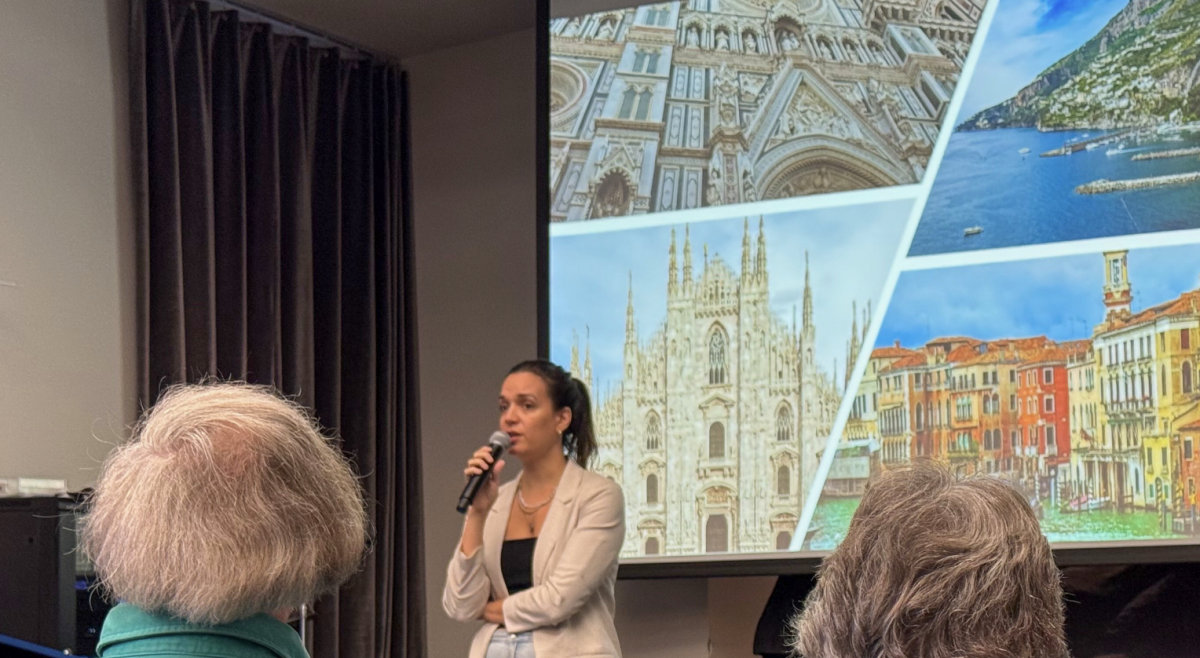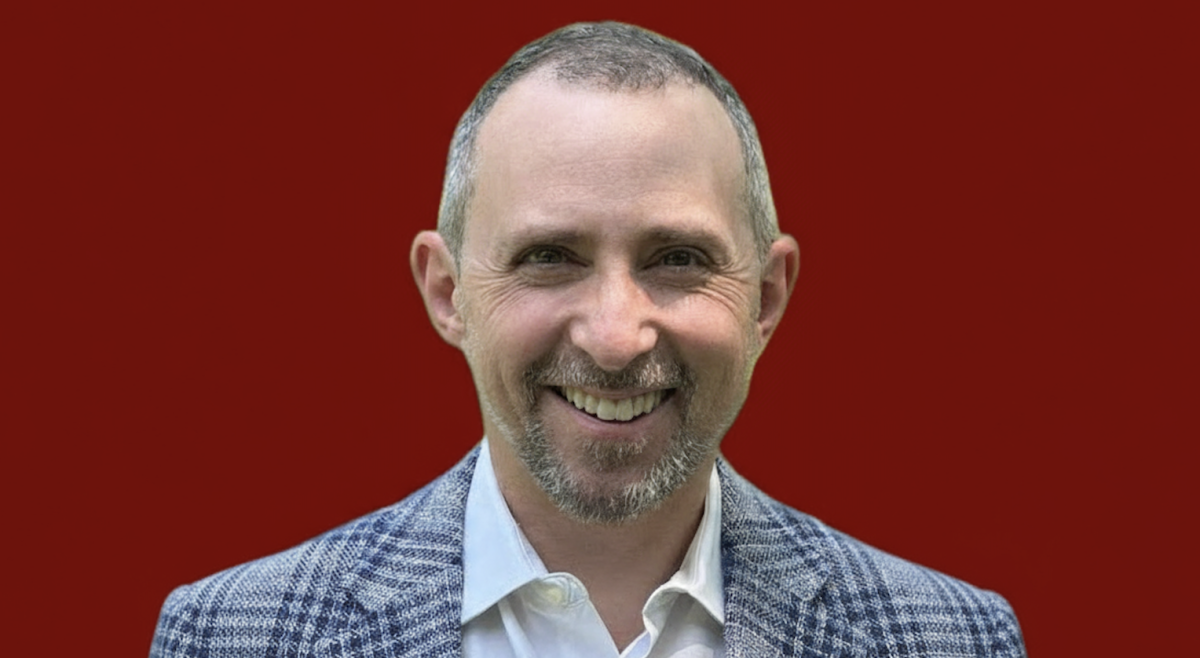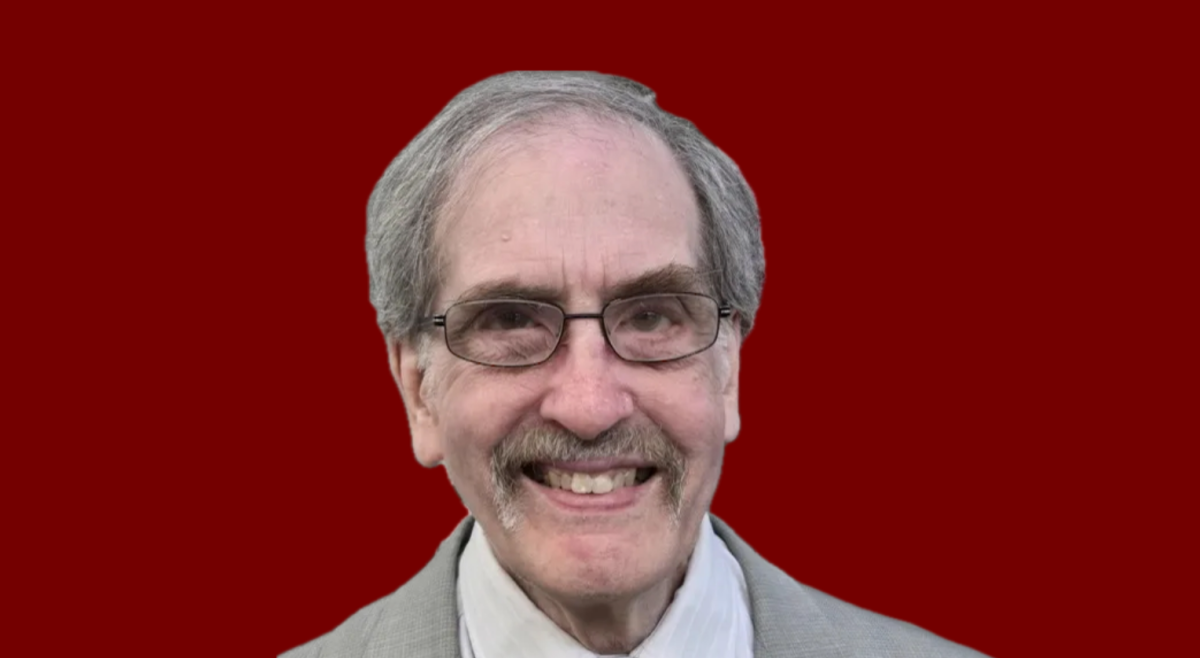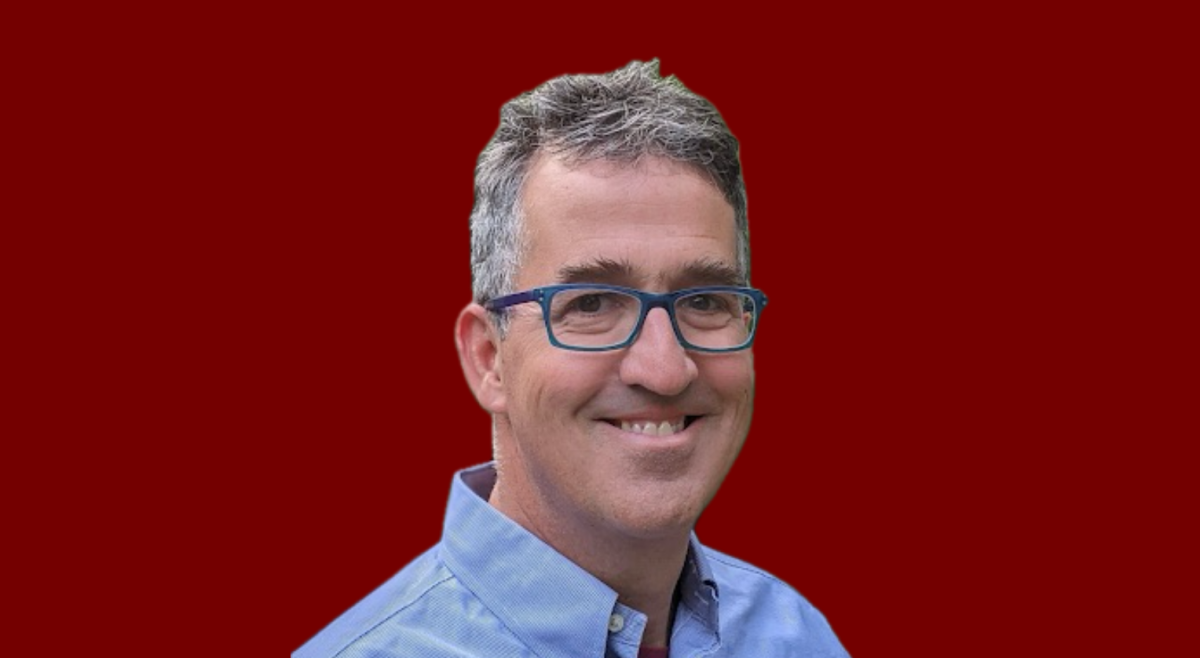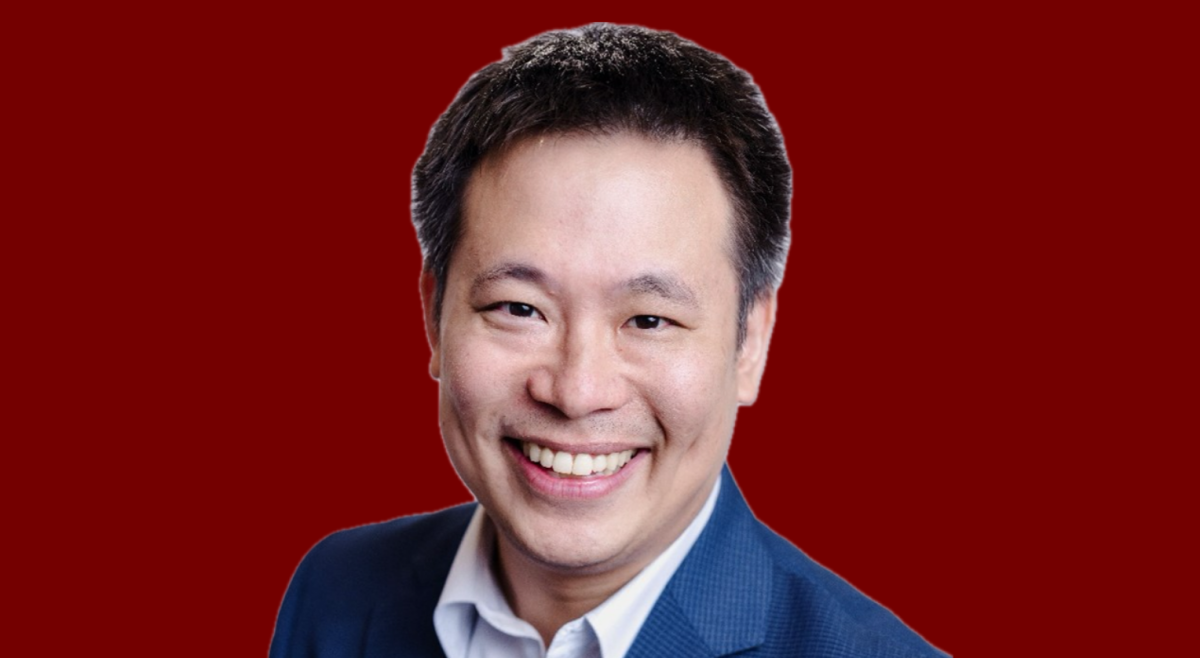Climate change is a divisive topic of discussion, one that puts scientific evidence and public sentiment under the microscope. With the impressive influx of entrepreneurial, academic, and public office talent into Boston, it’s hard to imagine what the city would do without the energy resources it currently uses. Yet for a joint team of researchers from Boston University, MIT, Northeastern, and various city government departments, the proposed Carbon Free Boston project is an attempt to envision what that future might look like after a transition to clean, renewable energy.
Gusts of gelid air swished through the revolving doors opening into the main atrium of Boston University’s Questrom School of Business, where city officials and the public mingled prior to entering the lecture hall where the discussion would take place. This open forum entitled Let’s Talk Carbon Neutrality was hosted by Greeenovate Boston, an initiative put forth by Boston Mayor Martin J. Walsh, BC ’09, to encourage all Bostonians to become active members in the mitigation of the effects of pollution. The goal is to see a new way forward for Boston, one that is healthy and can ensure the city’s longevity and productivity. In accordance with the City’s Climate Action Plan, Greenovate Boston aims to use civic engagement events to build a symbiotic relationship between city officials and the people they serve.
“This forum was really to serve as a meet and greet with [officials involved in] a very technical project,” said Lauren Zingarelli, director of communications and community engagement at the City of Boston’s Office of Environment, Energy, and Open Space. “It’s important that these conversations are happening on a one-to-one basis.”
The discussion began with brief introductions from some of the leaders spearheading the Carbon Free Boston project, such as Austin Blackmon, chief of Environment, Energy, and Open Space for the City of Boston, and Cutler Cleveland, a professor of earth & environment at BU. While the ensuing Q&A session took place in a lecture hall, the tone was conversational rather than pedagogical, colloquial instead of overly formal. This atmosphere allowed for audience members to have the freedom to ask questions about the pace of progress and challenge city officials to relate their goals to the best interests of Bostonians.
“I think it’s important to humanize [climate change] in this way,” Zingarelli said. “Climate change is such a core part of everybody’s well-being. That’s why we wanted to bring this down to a more conversational level.”
Some attendants were supportive, a few were discouraged, but many were concerned in regards to the feasibility of the initiatives given the current plans in place. There was a sense of shaky optimism that pervaded the lecture hall, as climate change activists and lobbyists worried about the equity of the City of Boston’s ambitions in reaching carbon neutrality.
As sea levels continue to rise and create power outages, underserved and less fortunate communities are disproportionately impacted. In this context, the team behind the Carbon Free Boston project have placed a clear emphasis on the policy areas where equity and environmental justice intertwine and interact. The hope is that its work will give all residents and businesses a platform upon which they have an equal opportunity to thrive. Ultimately, the goal is to reduce greenhouse gas emissions 25 percent by 2020 and ideally become carbon neutral by 2050. he future looks very bright for Boston, inasmuch as there are plans to illuminate it in a way that leaves both the environment as well as future generations better off.
According to Blackmon, approximately 70 percent of the city’s greenhouse gas emissions can be traced back to the heating of buildings and transit terminals. Consequently, the Carbon Free Boston is an ambitious plan. For this reason, Blackmon clarified the concept of carbon neutrality to the audience by explaining that it will likely mean a reduction in the city’s dependence on, rather than a complete elimination of oil and gas energy sources.
In reaching this goal, the research team plans to implement appropriate infrastructure and programs, all the while analyzing the likely effectiveness, costs, and benefits of various strategies in a quantitative manner. Individual models from different sectors will ideally be pieced together to construct the most advantageous for the city’s growth. This will include compiling forecasts about what might happen to the GDP and population, contrasting “business as usual” scenarios with new policy proposals.
“There’s never a surplus of really great ideas for what we can be doing,” said Zingarelli. “That type of creative thinking is exactly what we want to be hearing.”
Featured Image by Alessandro Zenati / Heights Editor

